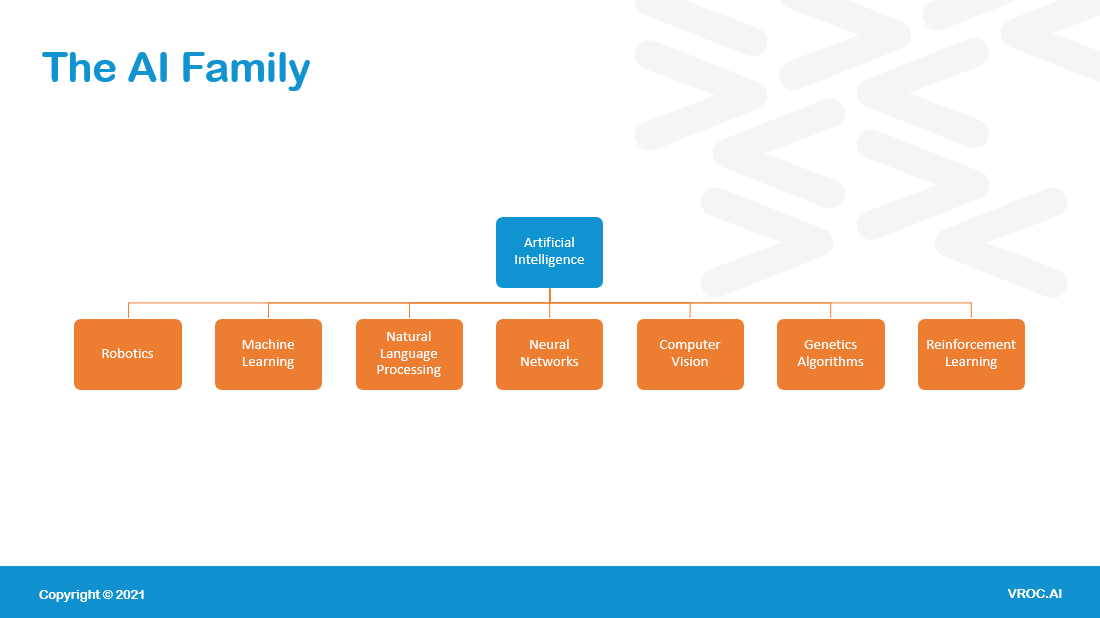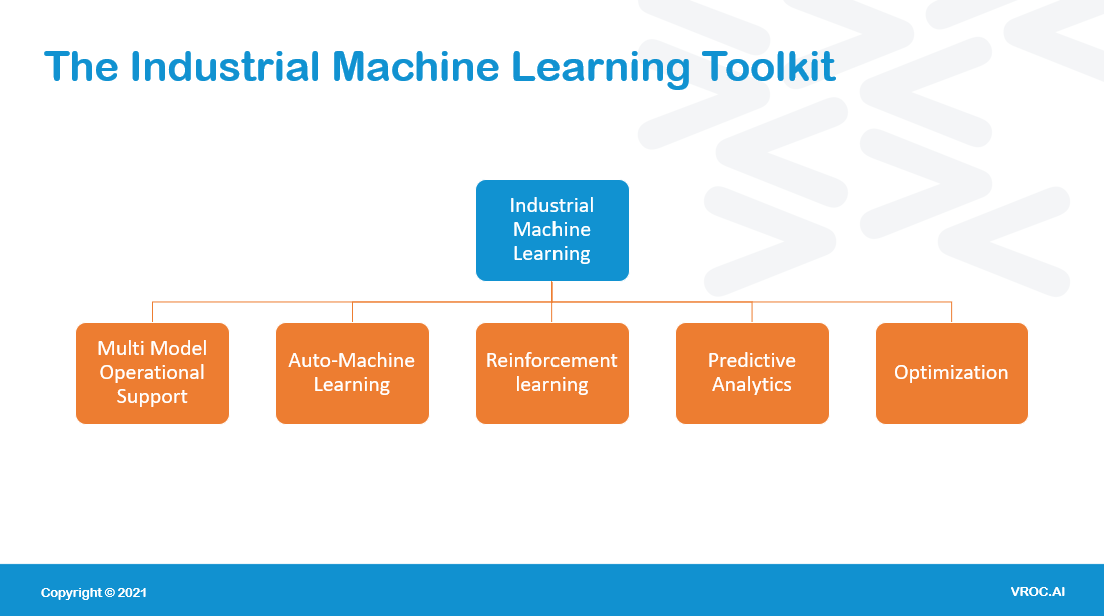Artificial Intelligence: Futuristic, magic, complex, black box!
These are some of the words that spring to mind when people talk about Artificial Intelligence (AI).
So it makes sense that there is still much hesitation when adopting artificial intelligence in industrial operations. Whilst it is still in the hype cycle and hotly discussed at conferences and conventions, we haven’t yet overcome some of the basic hurdles. In this article we set to demystify artificial intelligence and showcase its strengths when correctly applied to industrial big data.

At its broadest definition, artificial intelligence mimics the problem solving and decision-making capabilities of the human mind to achieve intuitive outcomes. Machines/computers are commonly used to create this Artificial Intelligence which is classified as Machine Learning.
Artificial intelligence is really an umbrella term for a broad range of scientific techniques to support these intuitive outcomes. Some of these techniques include machine learning, robotics, natural language processing, neural networks, statistics, computer vision, genetics algorithms and reinforcement learning.
When someone uses AI, they are not automatically using all these techniques, rather each technique has a useful application to which it is most suited. For example, speech to text uses the natural language processing tools within the AI family.

Industrial processes lend themselves to statistical and physics-based analysis. When these techniques are applied manually by a data scientist, they produce accurate and predictable results as a post analysis solution. This is where machine learning takes over and brings additional benefits to traditional approaches.
Some of these benefits include;
All these terms describe tools in the toolbox of AI for industrial data.
For AI to build a statistical or mathematical model of a certain problem, it needs data and lots of it. The more data it has the better it is at dealing with dynamic behaviours of an industrial process. Machine learning algorithms can automatically calculate the current or future status of the sensor data and derive further meaning from it.
Using purely statistical or physics-based models alone can provide a post-mortem fitted result. But in real life applications the data is never static and due to wear, environmental and human interaction of these systems their behaviour will change over time. To deal with the dynamic behaviour of a process you need artificial intelligence and specifically machine learning by which multi-dimensional problems with prominent level of uncertainties can be dealt with.
Auto Machine Learning (Auto ML) is a sophisticated pre-configured and pre-tuned Machine Learning solution for both data civillians and data scientists without the necessity to complete large volumes of manual data preparation, model selection, model hyperparameters, and model compression parameters, etc. Auto ML can use both supervised and unsupervised learning, not involving the direct control of the developer. It is able to extract valuable insights and detect patterns, ideal for predictive maintenance, root cause analysis and time-to-failure insights.
At VROC we address the challenges of behavioural change, big data and iteration using Auto ML techniques, including the following;
To summarise that technical description, its best to think of AI and machine learning as advance mathematical equations. Due to the volume of the data and computing limitations it can be hard to construct these equations manually. A typical data science approach to solving complex problems would be to apply algorithms/equations to a subset of historical data. This can require trialling multiple different algorithms over time to try and get the most accurate result.
It is this manual approach that has left many in the industry disillusioned at the inability to scale AI and experience tangible results.
At VROC we have a different approach. It’s automated, scalable, and best of all gives real-time insights for time-critical situations.
Our no-code AI platform, OPUS allows end-users to simply define the insight they are looking for without the need to know anything about AI or machine learning. They don’t need to categorise data or tune the algorithm. The VROC platform will automatically analyse the available data (live and historical data) and extract insights tailored to your requirements. No coding required, no data manipulation, just real time insights.
This unique holistic approach, which analyses a whole plant or facilities data, helps identify un-foreseen correlations between processes and helps identify causes of deviation with pin-point accuracy to the individual component or sensor level.
Automated AI is being used across many industrial settings, from oil and gas, mining and resources, renewables, utilities, and manufacturing. Just some of the use cases include;
Many industries are accustomed to routine maintenance inspections, and contractual obligations with OEM’s for maintenance and warranties. These often restrict operators, keeping them tied to unnecessary activities and high ongoing costs.
Moving away from these traditional methods can feel risky. However, nearly all equipment and assets are fitted with sensors that can give operators greater real-time insights than routine inspections will ever provide.
For industrial processes, where 24-hour productivity is required, automatic AI data solutions can provide the analytics to help improve operational efficiency and maximise production.
Advanced analytics are provided to engineers and operators, to assist them in their critical decision making. These subject matter experts still make the final decisions, they just have data insights to help inform and reinforce their decisions.
Industrial AI is the future of industry. Not flying cars and robotics that replace entire workforces. AI is a powerful analytical tool, that when used by businesses can assist them in generating powerful ROI.
Empowering decision making and operational efficiency with AI on an offshore platform in Central Asia.
Read ArticleInterested in a demo of one of our data solution products?
DataHUB4.0 is our enterprise data historian solution, OPUS is our Auto AI platform and OASIS is our remote control solution for Smart Cities and Facilities.
Book your demo with our team today!
Ready to embark on a pilot project or roll-out AI innovation enterprise wide? Perhaps you need assistance integrating your systems or storing your big data? Whatever the situation, we are ready to help you on your digital transformation.
The efficient deployment, continuous retraining of models with live data and monitoring of model accuracy falls under the categorisation called MLOps. As businesses have hundreds and even.
Learn more about DataHUB+, VROC's enterprise data historian and visualization platform. Complete the form to download the product sheet.
Discover how you can connect disparate systems and smart innovations in one platform, and remotely control your smart facility. Complete the form to download the product sheet.
'OPUS, an artistic work, especially on a large scale'
Please complete the form to download the OPUS Product Sheet, and discover how you can scale Auto AI today.
Interested in reading the technical case studies? Complete the form and our team will be in touch with you.
Subscribe to our newsletter for quarterly VROC updates and industry news.